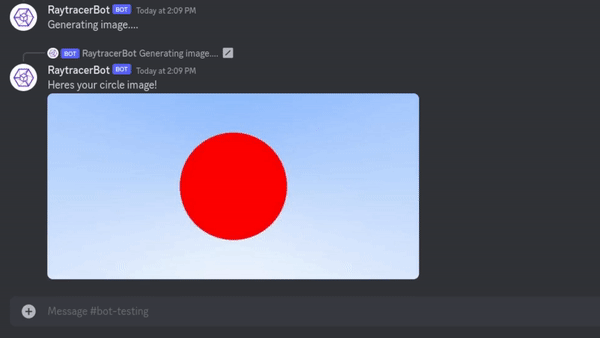Raytracer V1
This raytracer can render 3D spheres and simulate common materials like diffuse, metal, and glass. Diffuse materials scatter light evenly, simulating paint-like surfaces. Metal uses the fresnel effect for reflective, shiny appearances. Glass uses refraction to bend light through transparent surfaces based on Snell's law. By modeling basic light transport behaviors, the renderer creates the illusion of 3D forms and differing object materials through ray tracing calculations alone. While simple, it demonstrates the core principles of virtually tracing light in simulated scenes from first optical principles.
